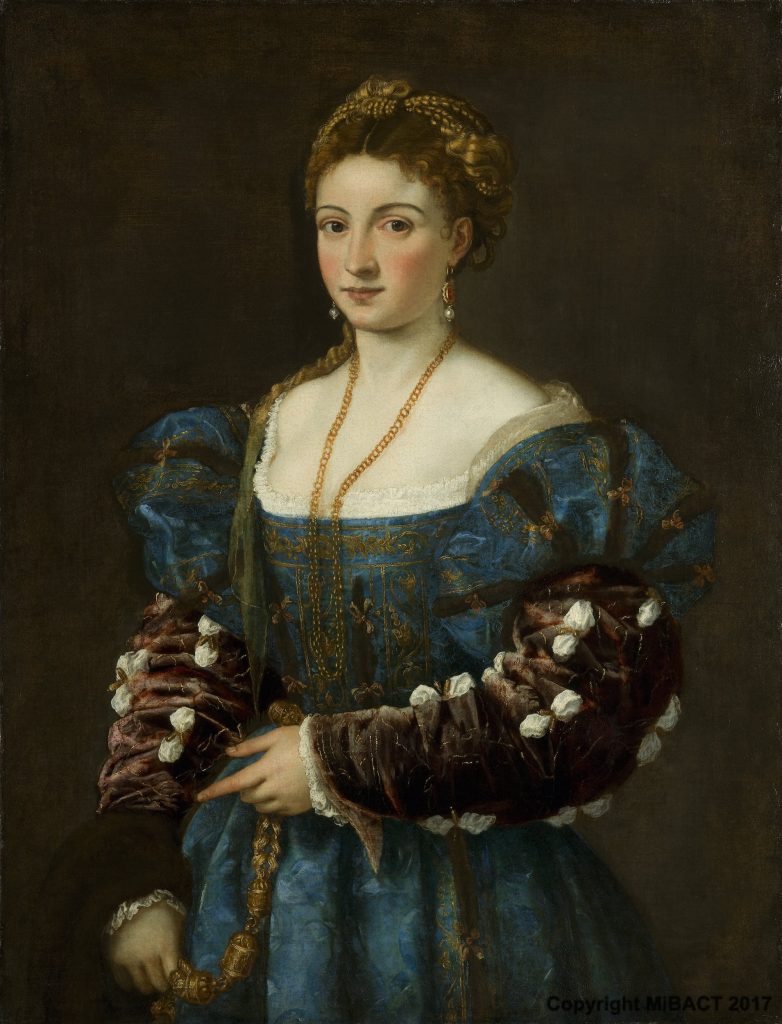The Renaissance in Italy was a pivotal period in history marked by profound cultural, intellectual, and artistic transformations. While the era is often associated with the achievements of male artists and thinkers, it is essential to recognize the significant role women played in shaping the Renaissance. In this article, we delve into the empowering influence of women during Renaissance Italy, shedding light on their contributions to art, literature, patronage, and social progress. By showcasing the power and agency of women, we gain a more comprehensive understanding of this remarkable period of human history.

- Renaissance Italy: A Cultural Revolution
The Renaissance, which spanned the 14th to the 17th centuries, witnessed a resurgence of interest in classical knowledge, humanism, and the pursuit of individual excellence. Italy, with its city-states like Florence, Venice, and Rome, was at the epicenter of this cultural revolution. The period saw a flourishing of art, architecture, literature, and scientific inquiry, providing fertile ground for women to assert their influence.
- Women as Patrons of the Arts
While men dominated the artistic scene during the Renaissance, women played a crucial role as patrons and supporters of the arts. Wealthy noblewomen, such as Isabella d’Este and Caterina de’ Medici, used their financial resources and social networks to commission and promote works of art. Their patronage not only fostered creativity but also provided opportunities for artists, including renowned figures such as Artemisia Gentileschi and Sofonisba Anguissola, to develop their talents and gain recognition.

- Women as Artists and Writers
Despite societal constraints, a number of women broke through the barriers and achieved success as artists and writers during the Renaissance. Their contributions challenged gender norms and expanded the creative landscape. Notable figures include Lavinia Fontana, who gained prominence as a portrait painter, and Veronica Franco, a courtesan and poet known for her intellectual prowess and advocacy for women’s rights. These women defied conventions, leaving a lasting impact on the artistic and literary heritage of the Renaissance.
- Women as Educators and Intellectuals
Women in Renaissance Italy played a significant role in the education and intellectual development of their families and communities. While formal education was often limited for women, many received private tutoring at home, allowing them to gain knowledge in subjects such as literature, languages, philosophy, and music. Prominent women, like Vittoria Colonna and Laura Cereta, engaged in intellectual pursuits, participated in literary circles, and corresponded with renowned thinkers of the time, contributing to the intellectual discourse of the Renaissance.
- Women in Religious Life and Reform
Religious institutions provided avenues for women to exercise power and influence during the Renaissance. Some women found empowerment within convents, where they could pursue education, engage in artistic activities, and participate in charitable works. Prominent figures like Saint Catherine of Siena and Saint Teresa of Avila emerged as influential mystics, theologians, and reformers, challenging societal norms and leaving a lasting impact on religious life.

- Women’s Social Influence
Beyond their contributions to the arts, education, and religious life, women in Renaissance Italy exerted social influence through their roles as wives, mothers, and members of noble households. They often acted as advisors to their husbands, managing estates, engaging in diplomacy, and shaping political decisions. Women with access to wealth and resources used their social status to champion causes, support charitable endeavors, and promote social reforms, thus leaving an indelible mark on the social fabric of Renaissance society.
- The Legacy of Women in Renaissance Italy
The influence of women during Renaissance Italy is evident in the rich artistic, literary, and intellectual legacy left behind. Their contributions challenged traditional gender roles, reshaped societal norms, and expanded the possibilities for future generations of women. The works of female artists, writers, and thinkers from this period continue to inspire and captivate audiences worldwide, serving as a testament to the enduring power of women’s voices and creativity.

The Renaissance in Italy was a transformative period in human history, characterized by remarkable achievements in art, literature, and intellectual pursuits. While men have traditionally dominated the narrative of this era, it is vital to acknowledge the influential role women played during Renaissance Italy. Through their patronage, artistic contributions, intellectual pursuits, and social influence, women defied societal expectations and left an indelible mark on the cultural landscape of the time. By recognizing and celebrating the power and agency of these women, we gain a deeper appreciation for the diversity of voices and perspectives that shaped the Renaissance and continue to inspire us today.